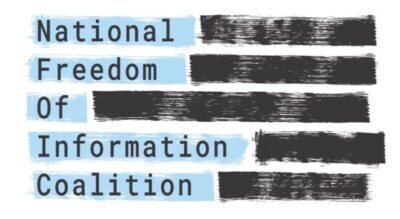Since the killing of George Floyd by Minneapolis police on May 25th, the National Association for Civilian Oversight of Law Enforcement (NACOLE) has fielded about ten times its normal four to five monthly requests from community groups and municipalities on establishing new police oversight bodies. At the same time, dozens more local governments are puzzling how to strengthen police oversight organizations they already have.
NACOLE counts 123 municipalities with police oversight on a resource page and some cities even have more than one entity. But comprehensive data on oversight boards or offices and their responsibilities isn’t available, partly because even after organizations are established some fade into near-oblivion or cease to exist altogether. “Sometimes the urgency of the moment dissipates and it can be politically challenging for the oversight agency to do its work in a meaningful way,” says Nick Mitchell, who heads the Office of the Independent Monitor for the City and County of Denver.
Civilian review boards began to take off in the late 1970s with more policy-oriented police monitors, auditors and inspectors general appearing in the 1990s. Today, civilian oversight takes multiple forms, including civilian investigative boards, independent police commissions, police monitors, auditors, inspectors general and review panels. Many new organizations are hybrids—a combination of multiple approaches. (Read more)
